What makes John Keats’s ‘Ode on a Grecian Urn’ so enduringly powerful?
One of the most beloved poems by the English poet John Keats (1795-1821), ‘Ode on a Grecian Urn’ (1819) is perhaps best known for its closing two lines:
‘Beauty is truth, truth beauty, – that is all
Ye know on earth, and all ye need to know.’
Referring to the work as ‘arguably the best poem from arguably the best Romantic poet’, in this video essay Evan Puschak (aka the Nerdwriter) offers a stanza-by-stanza breakdown of Keats’s words, which revolve around a speaker contemplating the meaning of the images painted onto an ancient Grecian urn. Highlighting how the poem contrasts the ephemeral realities of life with the seemingly eternal beauty of art, Puschak makes an apropos case for the work’s own enduring power.
Video by The Nerdwriter

video
Biography and memoir
As her world unravels, Pilar wonders at the ‘sacred geometry’ that gives it structure
20 minutes
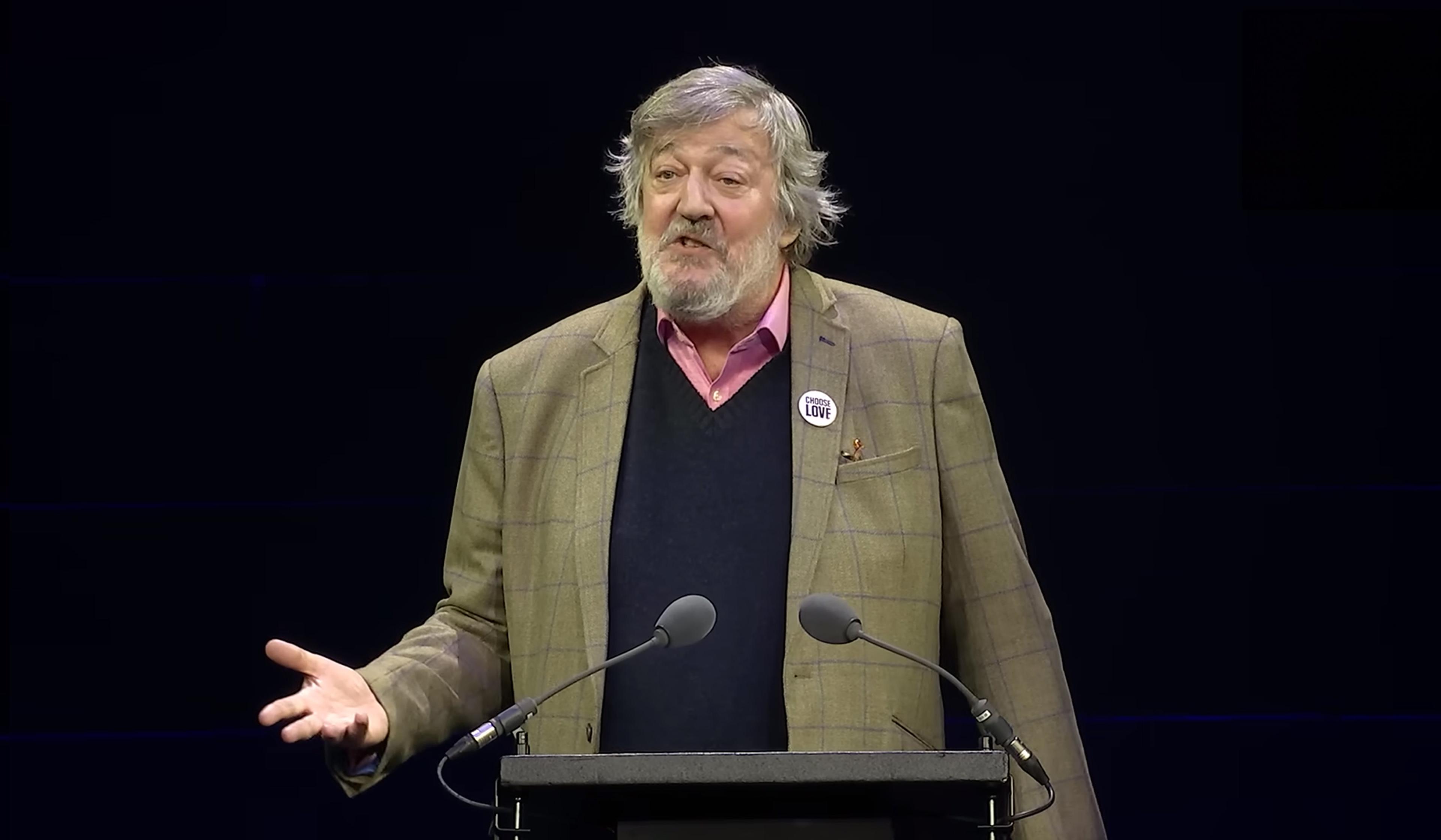
video
Meaning and the good life
Why strive? Stephen Fry reads Nick Cave’s letter on the threat of computed creativity
5 minutes
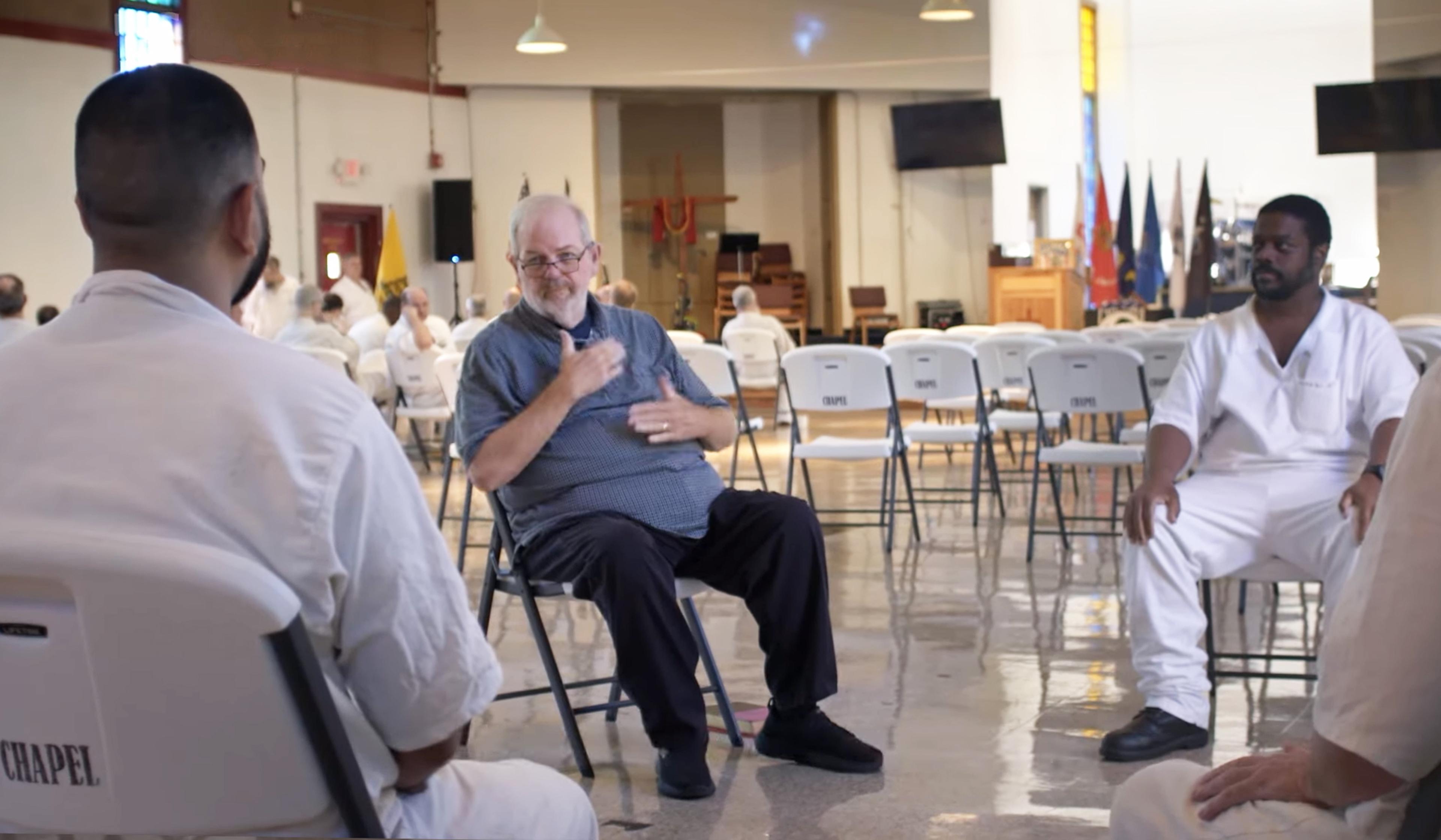
video
Human rights and justice
‘I know that change is possible’ – a Deaf prison chaplain’s gospel of hope
18 minutes
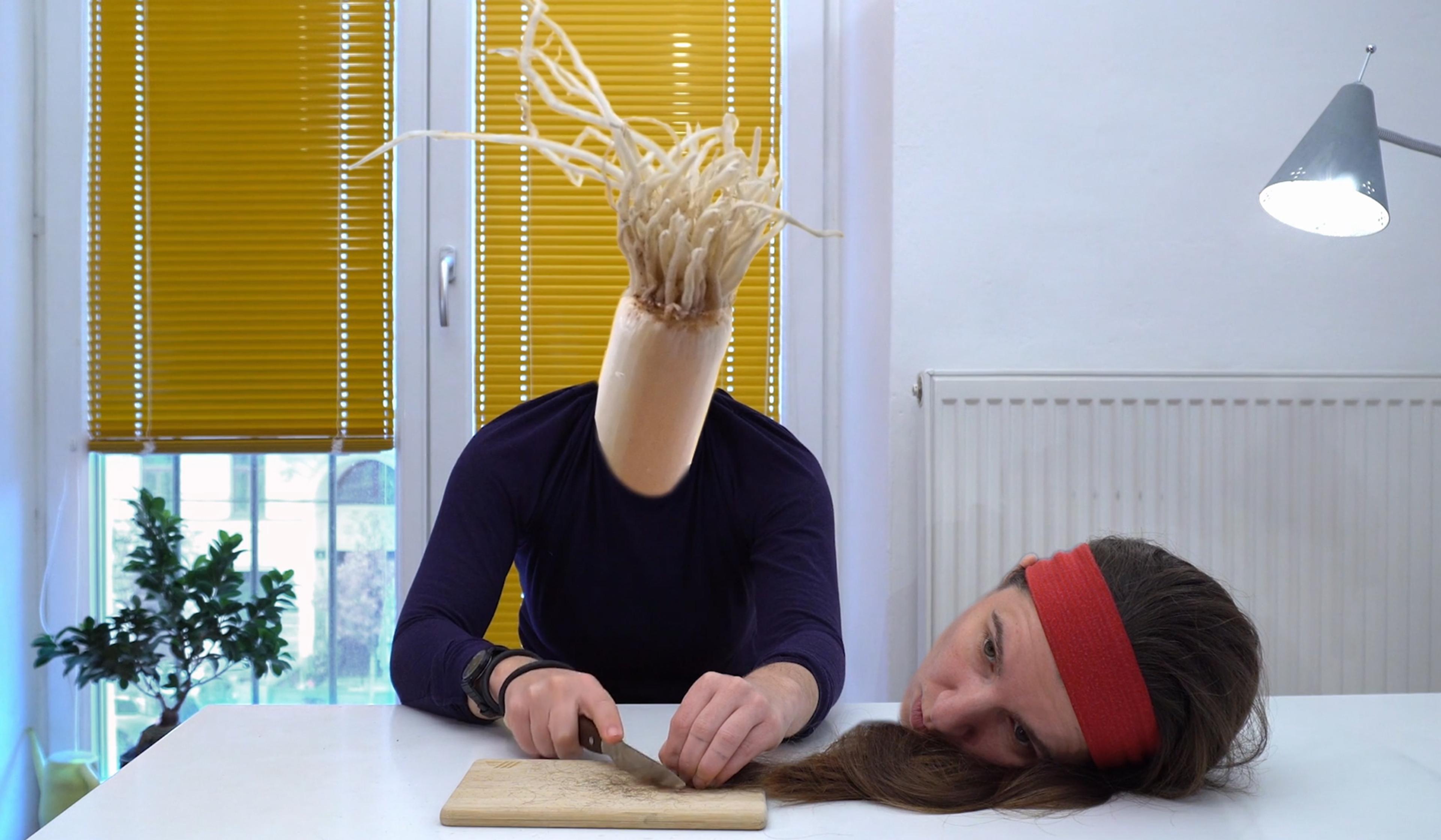
video
Technology and the self
An artist swaps her head with everyday objects in a musing on consumerism
4 minutes
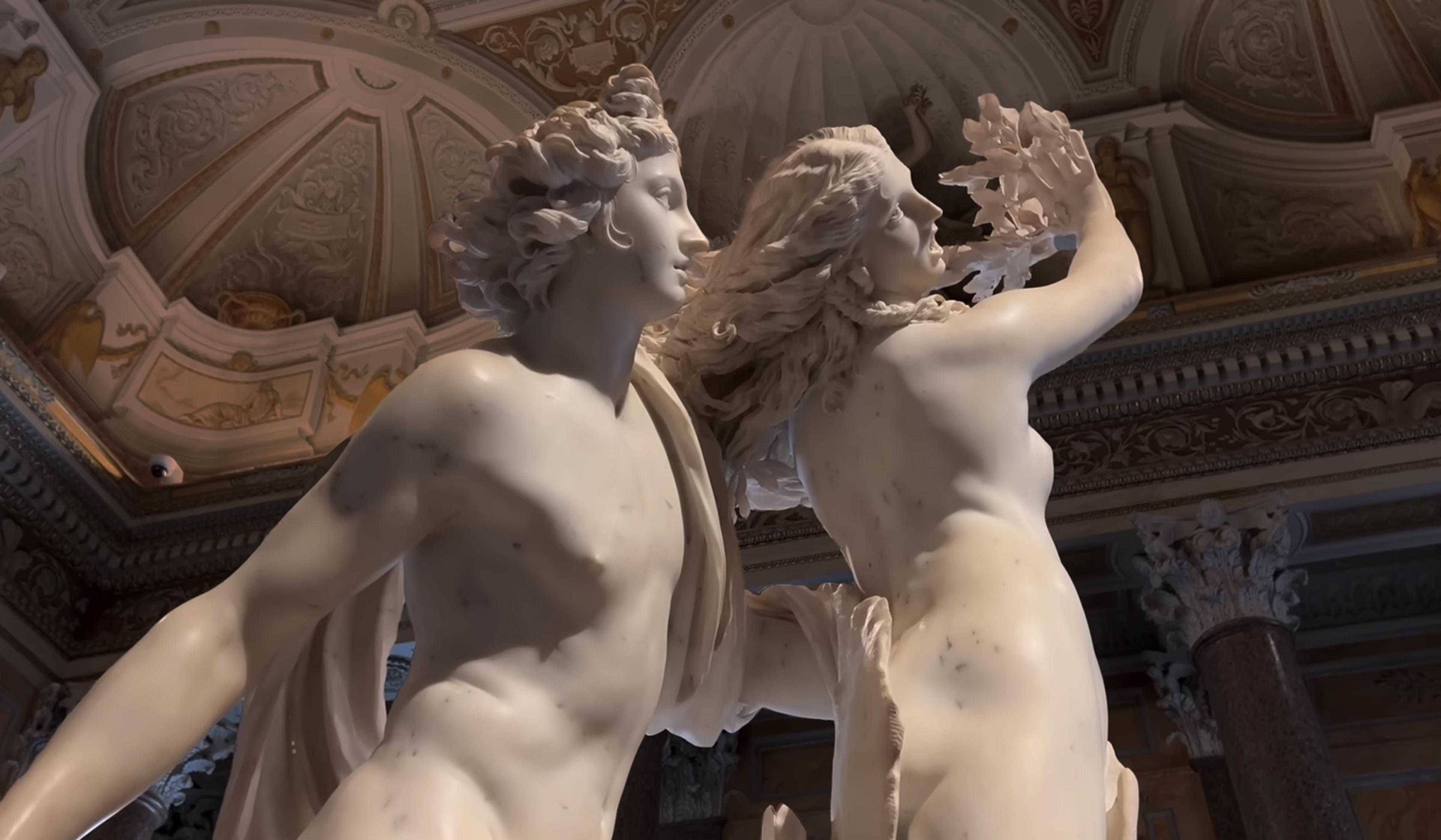
video
Art
The overlooked polymath whose theatrical oeuvre made all of Rome a stage
30 minutes
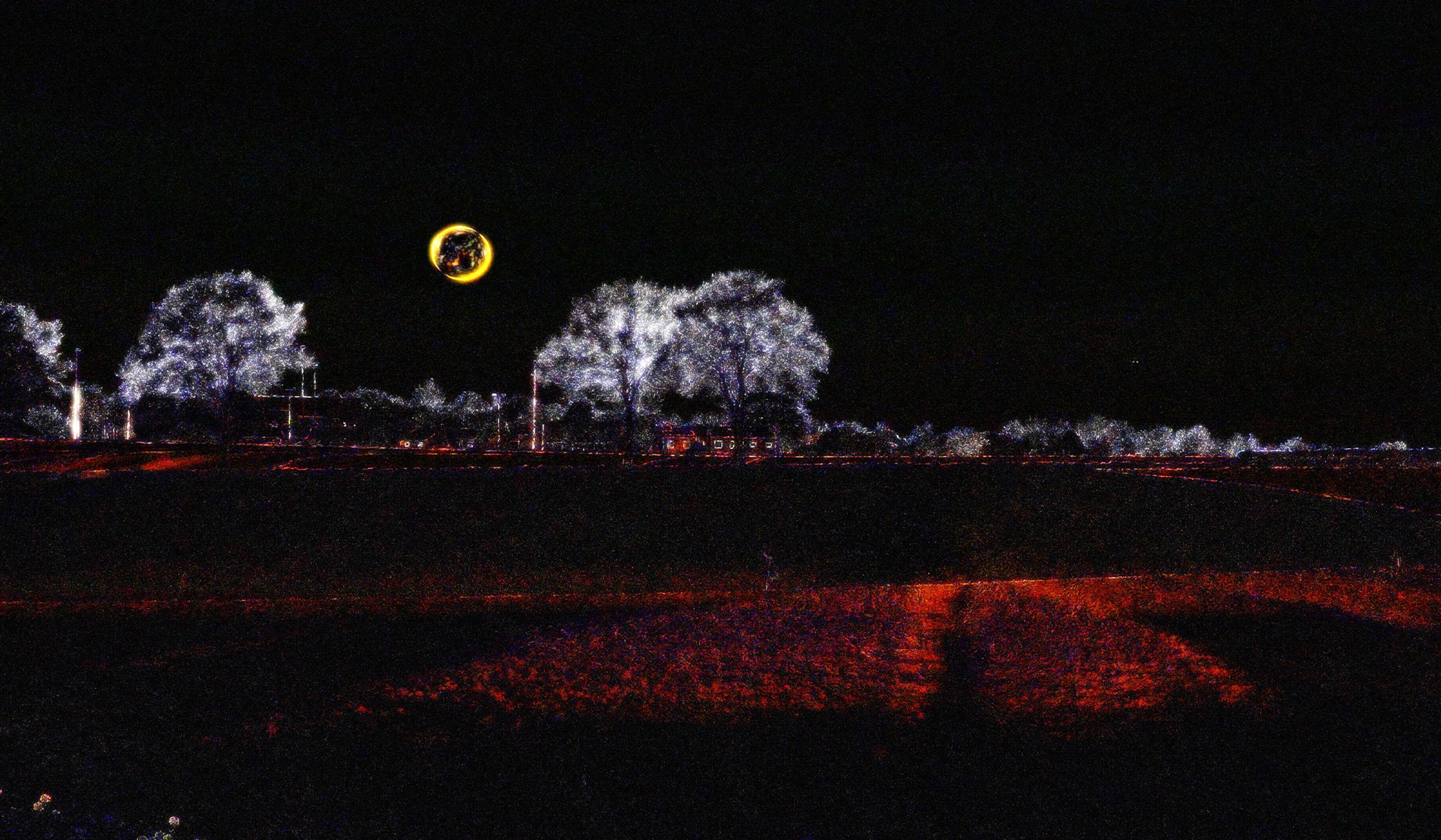
video
Film and visual culture
An augmented-reality filter reveals the hidden movements all around us
7 minutes
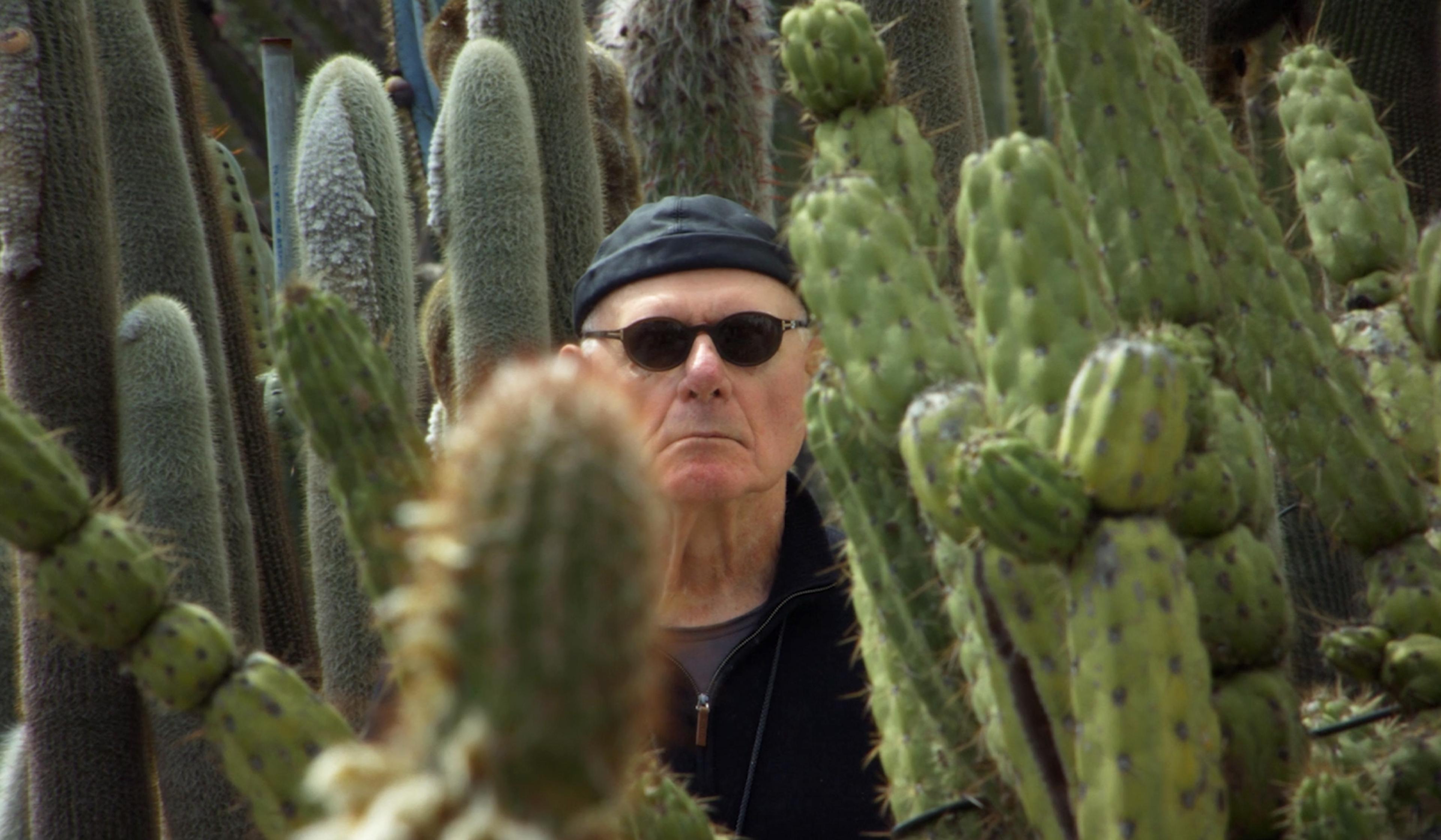
video
Beauty and aesthetics
The grit of cacti and the drumbeat of time shape a sculptor’s life philosophy
11 minutes
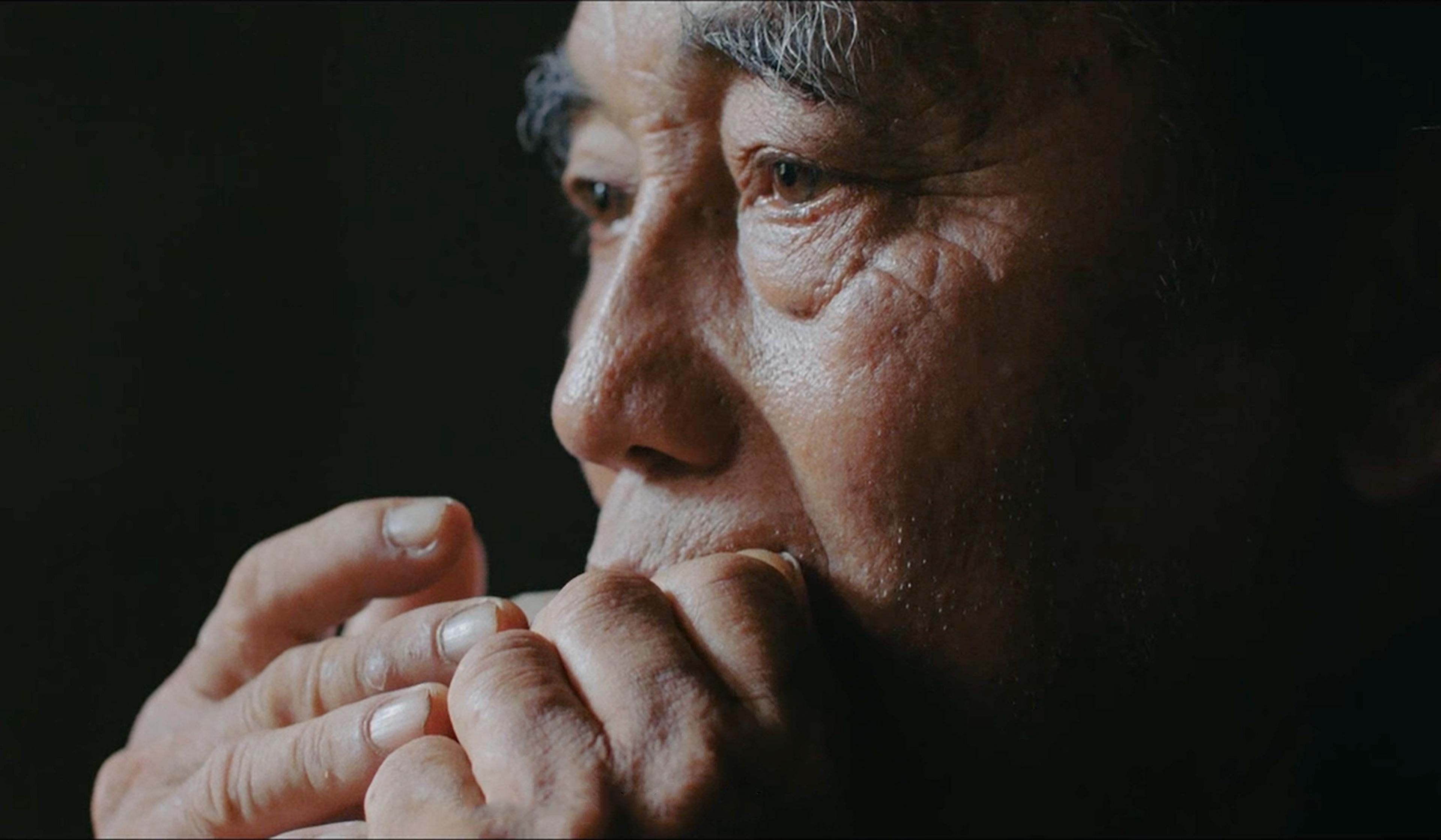
video
Language and linguistics
Messages born of melody – hear the whistled language of the Hmong people
18 minutes
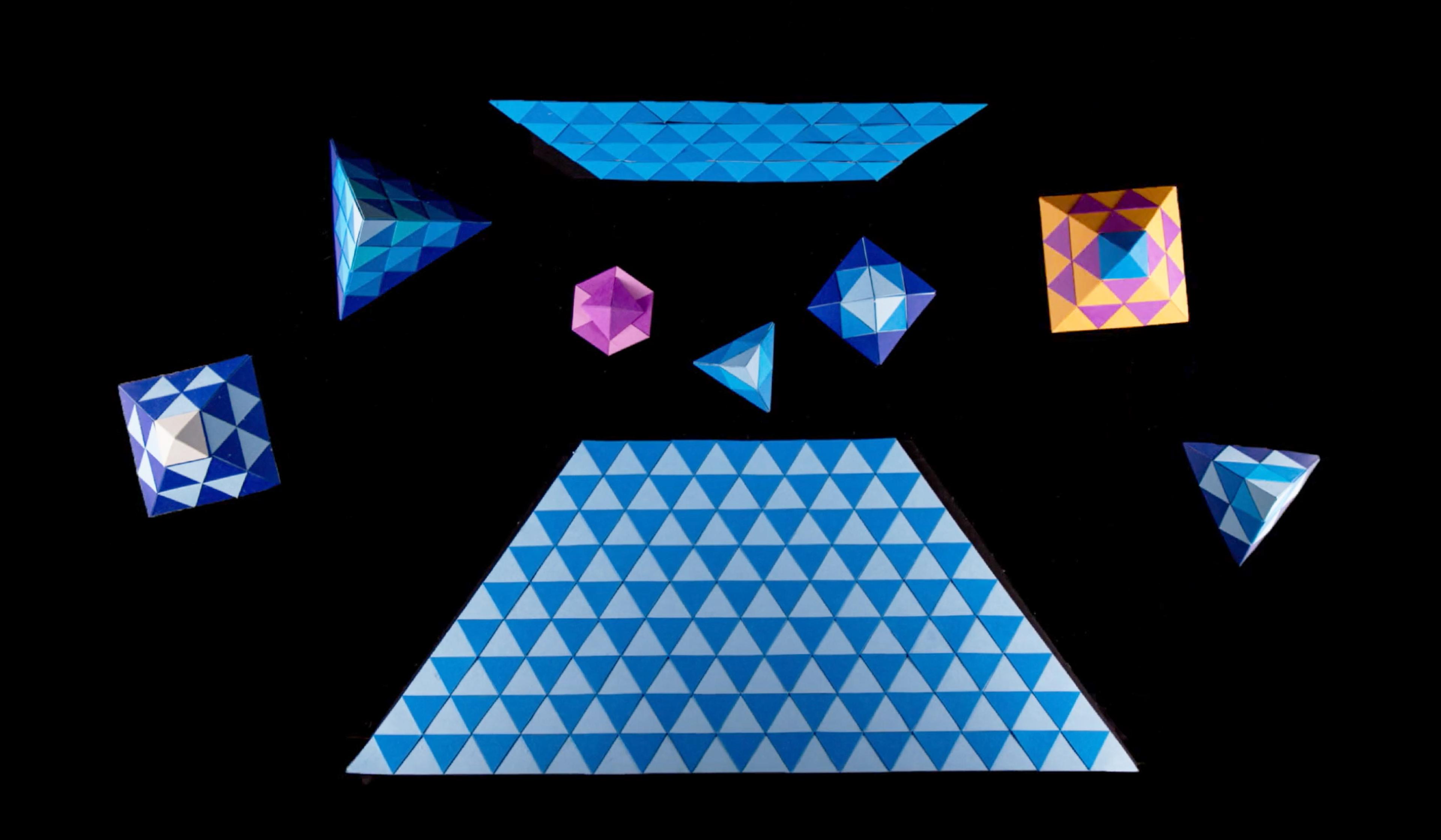
video
Film and visual culture
Stop-motion origami unfurls in a playful exploration of how senses overlap
3 minutes